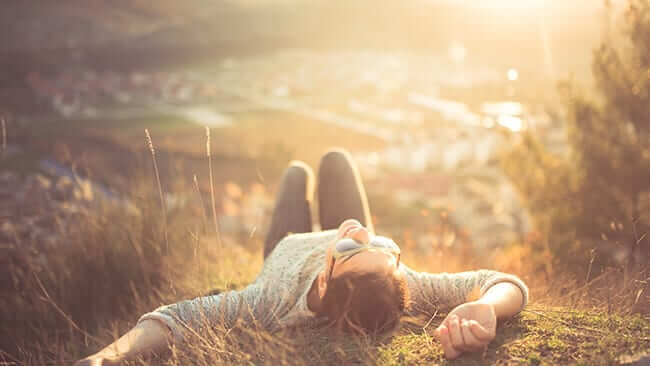Forgot Password?
Please enter your email address to receive a link for resetting your password.
Thank You
You will receive an email with further instructions. Please contact customer support if you need any further assistance.
Please verify your email address
A verification link has been sent to your email to activate your account. The link will be valid for 1 hour.
Please check the spam inbox if you can't find the email. If you still can't find it, we can resend it.
A verification link has been sent to your email 00:00


Capturing the perfect picture is dependent on a lot of factors coming together. But when it comes to portraiture, lighting is everything. The “Golden Hour” — that fleeting period around both sunrise and sunset when the sunlight is optimal — provides the perfect backdrop for your picture without the need for harsh synthetic lighting and a frustrating mess of equipment.
It takes patience, discipline, and some technical know-how to make the most of the Golden Hour, but with a few pointers, your portraits will look as perfect — and as natural — as you could ever want.
Chris Gampat and other photographers know that timing is essential when you’re taking outdoor portraits. Planning a photoshoot for sunrise or sunset will flood your photo with warm, natural light, whether it be a landscape, a close-up, or even a family shot.
A lot of photographers will immediately try to front light the person being photographed, but to take full advantage of natural light, it’s actually best to avoid that technique. Throwing all that light directly onto a subject’s face will probably make them squint or feel uncomfortable, eliminating any possibility of the relaxed, natural look you want in a portrait.
If you absolutely must use synthetic lighting, make sure that it’s coming from behind the subject — that way, he or she isn’t being overpowered or distracted.
Using a backlight will create better color and shading on the skin, while illuminating the subject’s face. If you don’t have a backlight or prefer to keep it all natural, it’s best to find a shadowy area or covering to avoid overexposure or excessive brightness.
As you might expect, using golden tones in photos taken during these hours will enhance the picture’s organic look and feel, instead of making it look staged and stiff, as it might in a studio. Using these colors will enhance the glow of your subject’s face — the combination of sunlight and an ideal set of similar tones has the effect of creating a natural-looking tan.
Lauren Lim argues that one huge advantage of shooting during the Golden Hour is the color temperature. The “warmer,” less powerful light you get when the sun is near the horizon is made of reds and yellows, which combine to create a warmer tone.
Lim also points out that shadows are more prominent during these hours due to the sun’s positioning in the sky. These shadows make the photos look more three-dimensional and add an intensity and dynamism to your portraits that are otherwise impossible to replicate.
The Golden Hour is your shortcut to picture perfection, especially for outdoor events like weddings or parties, but sunlight isn’t the only natural quality you can use to your advantage. Be mindful of the clouds, as they can affect the level and quality of light in your shots, plus shadowing is subject to change over the course of your session. And of course, make use of whatever shade that trees or other foliage can provide.
But most importantly, remember that you don’t have much time with this fantastic lighting — embrace every moment of it and take plenty of risks.
And don’t go through the trouble of capturing the perfect image during the perfect hour, just to let a sloppy printer ruin your photo. Printique will make the most of your Golden Hour shot, ensuring that the care you took to get the perfect lighting won’t go to waste. Try metal prints or metallic paper prints to bring out the true beauty and vibrant colors of your photo.